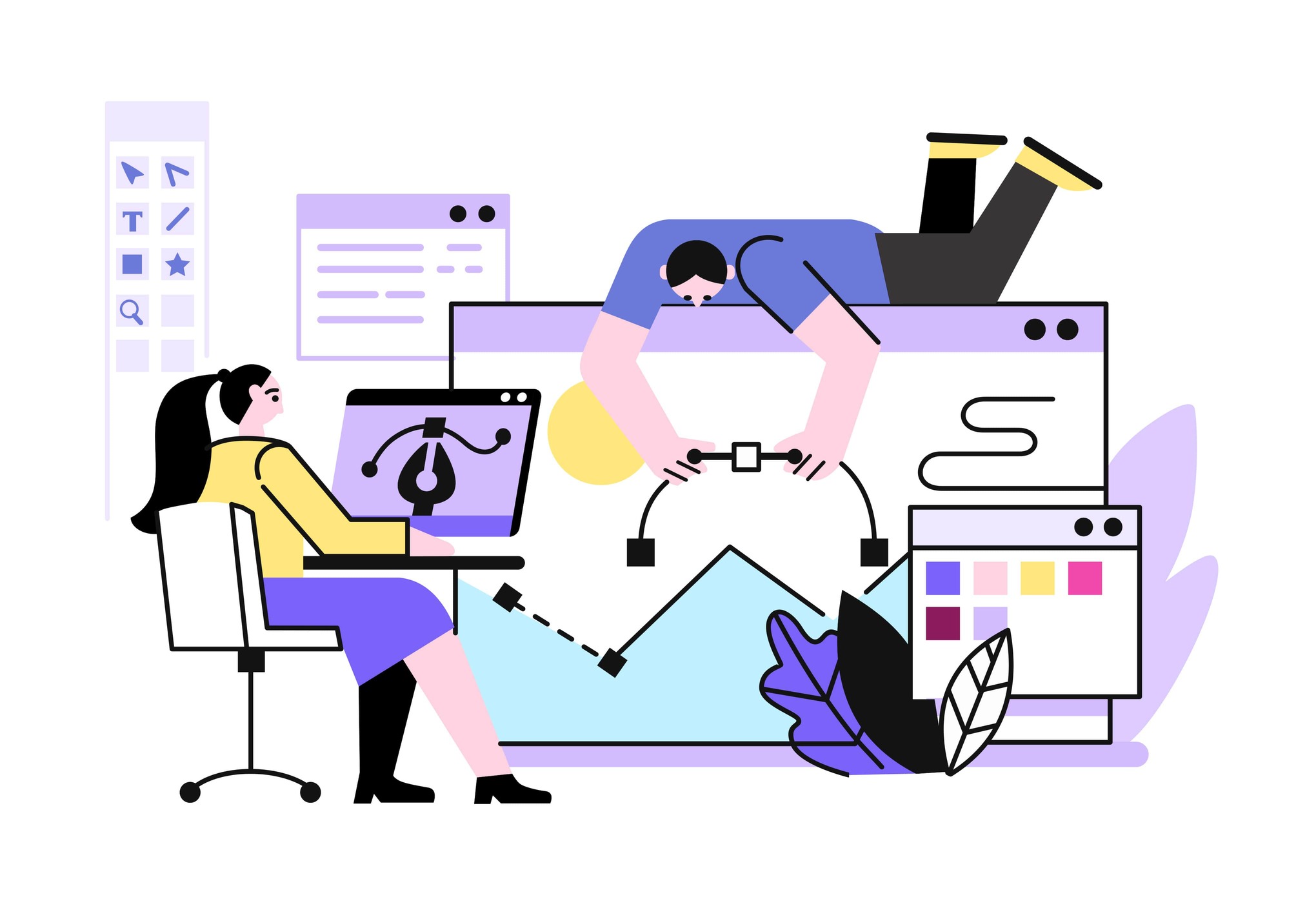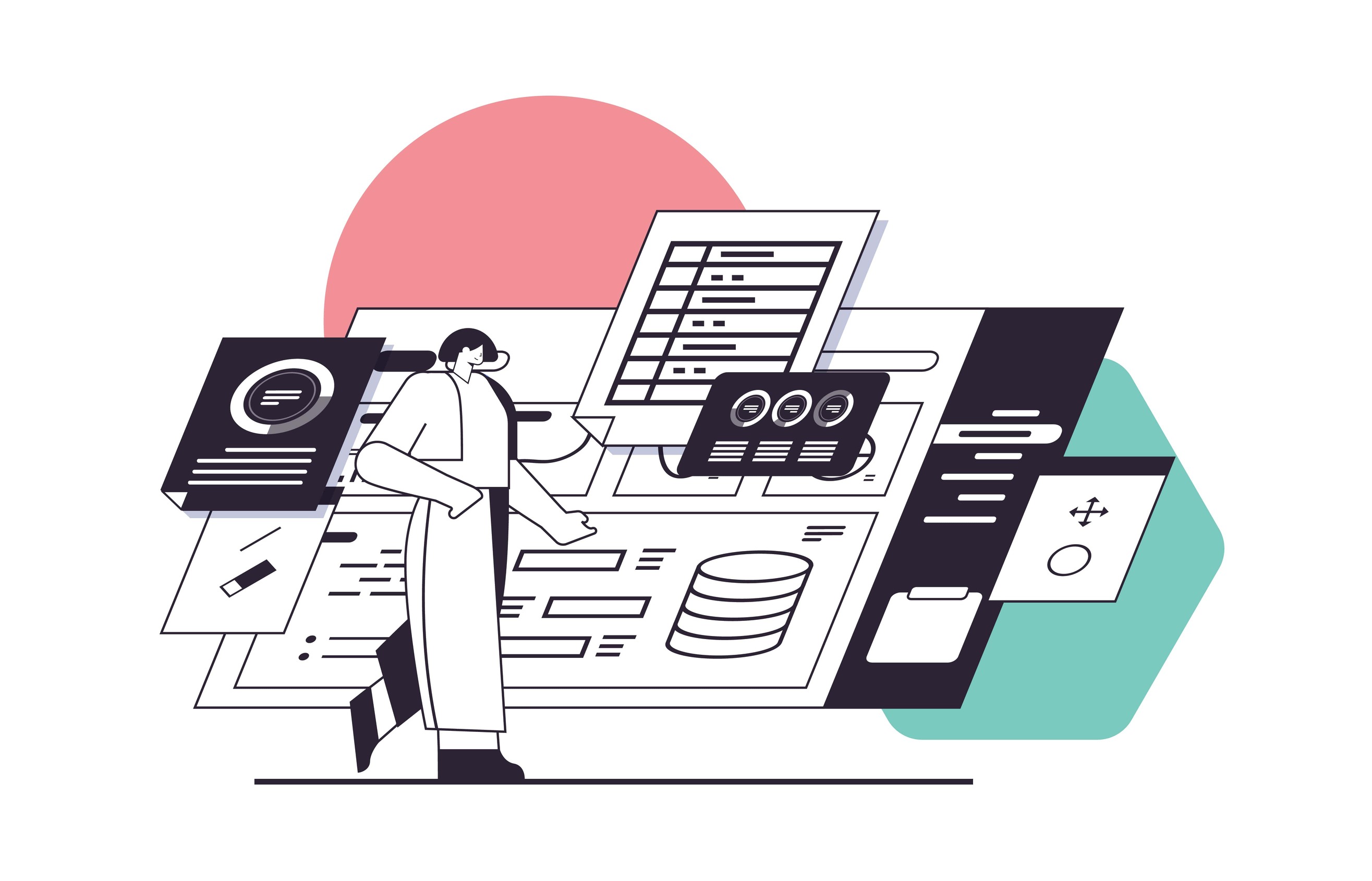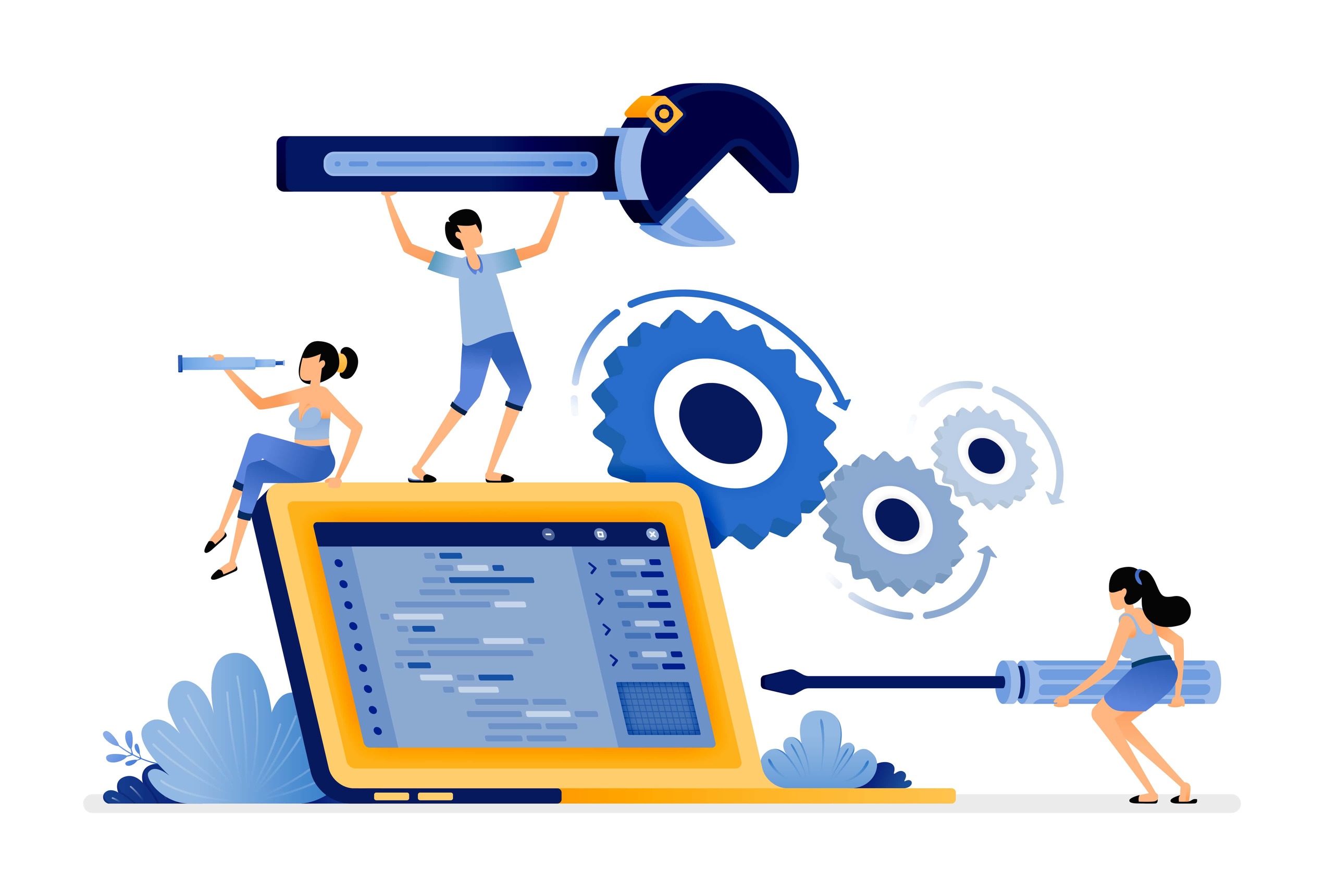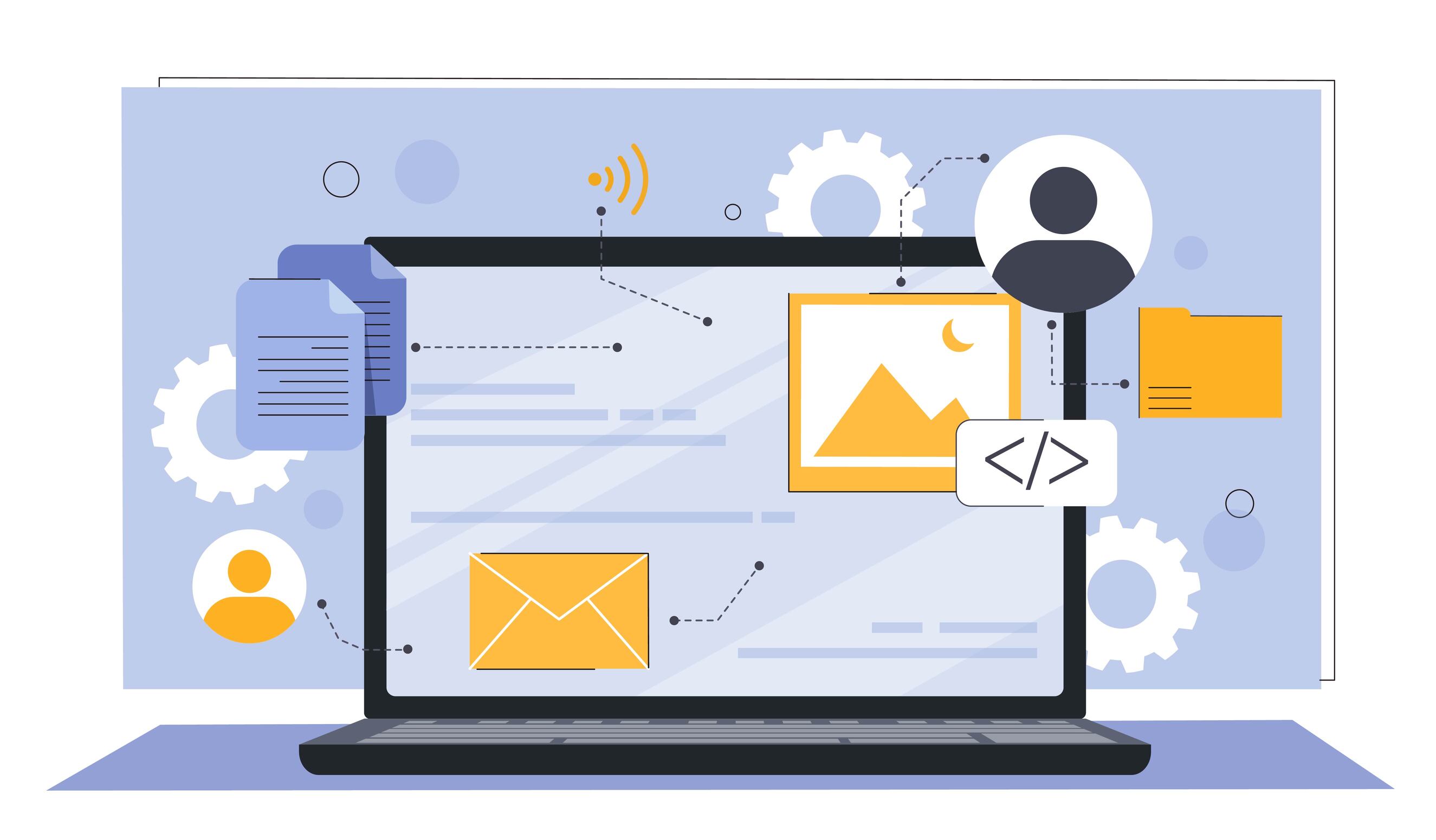Organizational Portal Maintenance - The Key to Long-Term Success
Corporate portal

 2069
2069 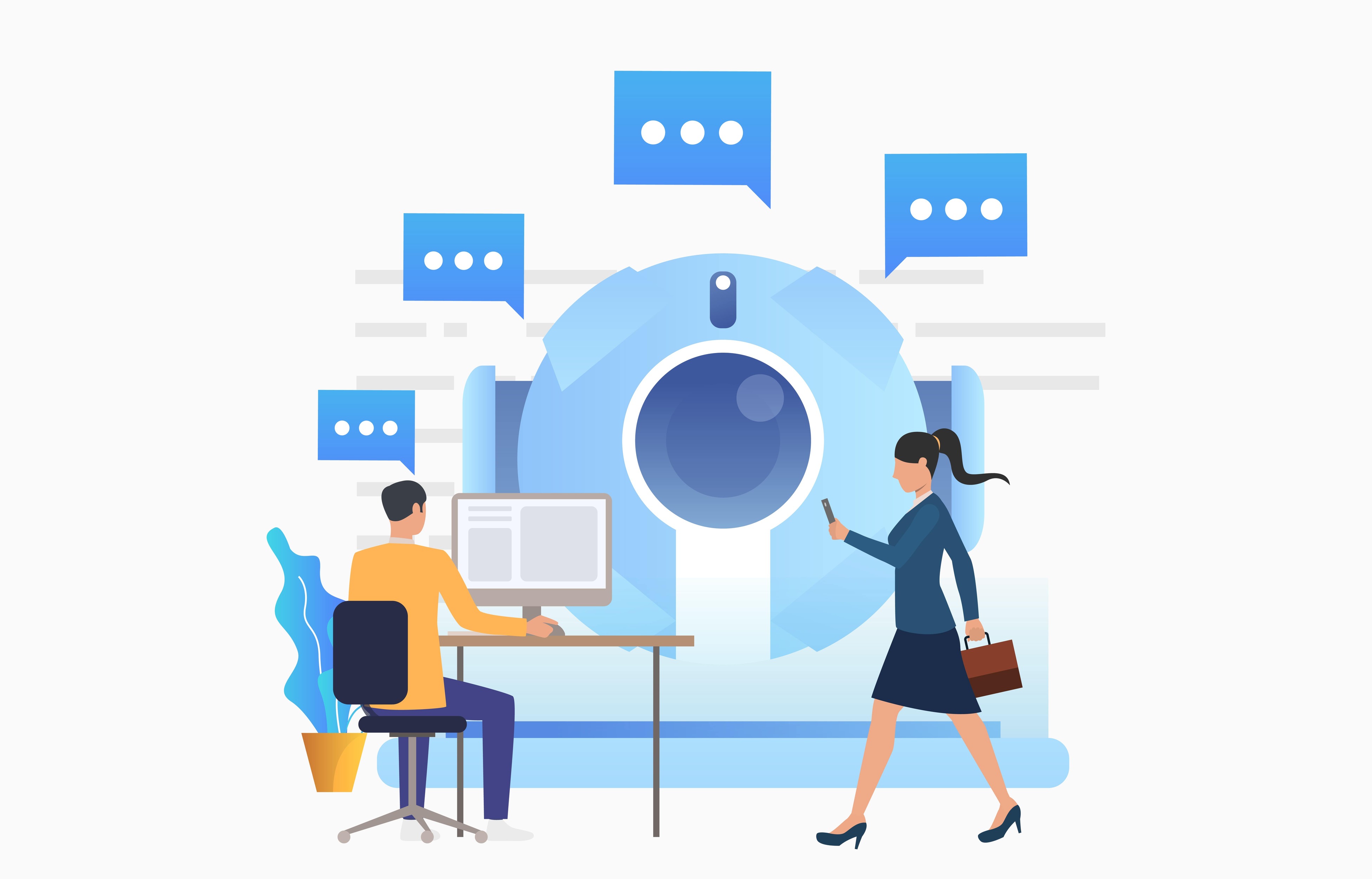
Organizational Portal Maintenance - The Key to Long-Term Success and Organizational Growth
In today's advanced digital age, an organizational portal has become a central tool in information management, improving communication and internal collaboration within organizations. While establishing an organizational portal is an important step in the right direction, the real task begins after the launch: ongoing and professional maintenance of the portal is critical to ensuring its long-term success.
The Strategic Importance of Organizational Portal Maintenance
A recent study conducted by Gartner highlights the critical importance of maintaining an organizational portal. The study found that organizations performing ongoing and comprehensive maintenance of their organizational portal experienced a 25% increase in employee satisfaction and a 20% improvement in internal work efficiency. These figures indicate that investing in proper maintenance of the portal is not only essential but also financially beneficial.
An organizational portal, like any other digital system, is dynamic and evolving. Changes in organizational structure, the shifting needs of employees, and technological advancements require ongoing maintenance to ensure that the portal continues to effectively and optimally serve the organization’s goals. Moreover, a poorly maintained portal can become outdated, irrelevant, and even pose a security risk to the organization.
What Does Organizational Portal Maintenance Include?
Maintaining an organizational portal is a complex, multi-dimensional process that includes several key actions:
1. Content Updates and User Experience Improvement
In any organizational portal, content is king. Ongoing maintenance requires frequent content updates to keep it relevant and current. This includes creating and publishing new content, removing outdated information, and improving the accessibility of existing data. Additionally, user experience (UX) optimization is essential to ensure that the portal is user-friendly, accessible, and inviting. Changes to the user experience can include design adjustments, improved navigation, and the addition of new features.
Successful Example: "Pharma Vision," an international pharmaceutical company, invests heavily in maintaining its organizational portal, which serves thousands of employees worldwide. The company ensures the content is refreshed, important information is updated as needed, and new tools are added to cater to the changing needs of employees. All of this is done with a focus on a personalized user experience that promotes high employee engagement.
2. Implementing Security Updates and Bug Fixes
Another critical aspect of maintaining an organizational portal is security management and bug fixing. When dealing with sensitive information, it is vital to ensure that the portal is protected from external threats like hacks and cyber-attacks. This includes implementing real-time security updates, managing regular backups, and using advanced encryption technologies. Bug fixing and improving system stability are also integral components of ongoing maintenance to ensure the portal operates optimally and without failures.
Interesting Fact: According to a Ponemon Institute survey, about 60% of breaches in organizational systems are caused by inadequate maintenance of digital systems, including organizational portals. This emphasizes the importance of thorough and constant security maintenance.
3. Adopting New Technologies and Aligning the Portal with Business Changes
Technology advances rapidly, and the organizational portal must keep pace. Maintenance of an organizational portal also involves adapting it to new technologies emerging in the market, such as real-time collaboration tools, integrations with ERP systems, or implementing artificial intelligence to enhance internal processes. Additionally, when the organization itself changes—whether due to acquisitions, mergers, or organizational changes—it is crucial to ensure that the portal adapts to these changes and continues to meet the organization's needs effectively.
Practical Example: Following the COVID-19 pandemic, many companies had to transition to remote work. "Pharma Vision" was among the first to implement remote collaboration tools in its organizational portal and also added resources on mental health to help employees stay connected and engaged even in challenging times.
Organizational Portal Maintenance: A Joint Effort for All Departments
Maintaining an organizational portal is not a task for just one department, but requires collaboration between various departments within the organization. The IT team is responsible for the technical aspects of maintaining the portal, but collaboration with departments such as Human Resources, internal communications, and operations is crucial for successful processes.
1. Skilled and Responsible IT Team
The IT team is the heart of the technical maintenance of the portal. They are responsible for software updates, security management, bug fixing, and ensuring system stability. It is important for this team to be skilled and up to date with the latest technologies, and to be available for immediate trouble-shooting of any issues that arise.
2. Involvement of Human Resources and Internal Communications Departments
The Human Resources and internal communications departments play important roles in managing the content and media on the portal. They are responsible for publishing relevant content, managing internal events, updating on organizational news, and moderating forums and communities aimed at promoting collaboration and communication among employees.
3. Regular Meetings Between Departments
To ensure that the portal continues to serve the organization optimally, it is essential to hold regular meetings between all departments involved in maintenance. During these meetings, possible improvements can be discussed, emerging problems can be identified, and new ways to enhance the portal can be found. At "Pharma Vision," for example, quarterly meetings are held among representatives from different departments to evaluate performance and suggest improvement ideas.
Organizational Portal as a Growth Engine
A well-maintained organizational portal is not just an information management system; it is a true growth engine that can propel the organization forward. Through proper maintenance and continuous upgrades of the portal, organizations can enhance employee productivity, increase their engagement, and create a dynamic digital environment that fosters innovation and collaboration.
Conclusion: Investing in Maintenance is Investing in the Future
Maintaining an organizational portal is a critical investment in ensuring the organization’s long-term success. It is an ongoing process that requires commitment, resources, and attention to detail, but the rewards are worth every effort. A well-maintained organizational portal can transform from an information management tool into a significant growth engine that strengthens organizational culture, encourages collaboration, and drives the organization to new achievements.



